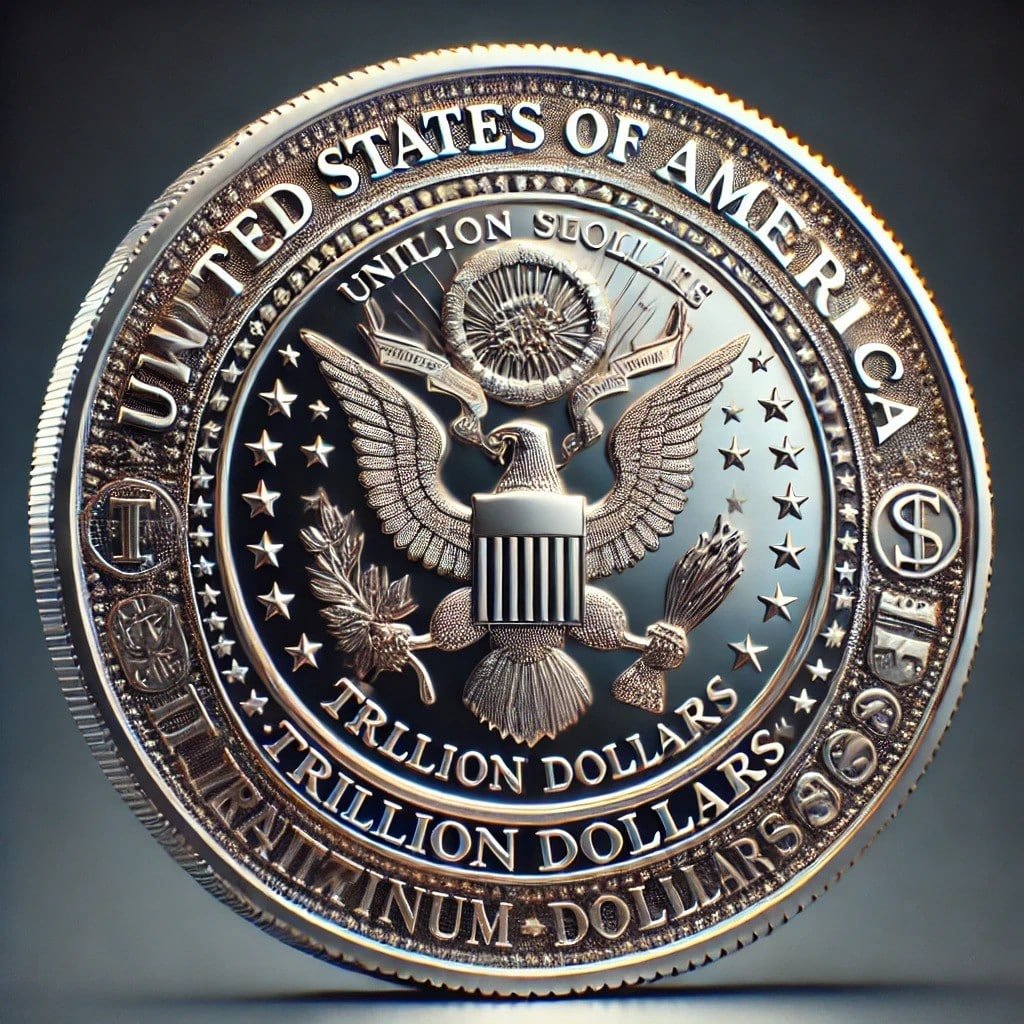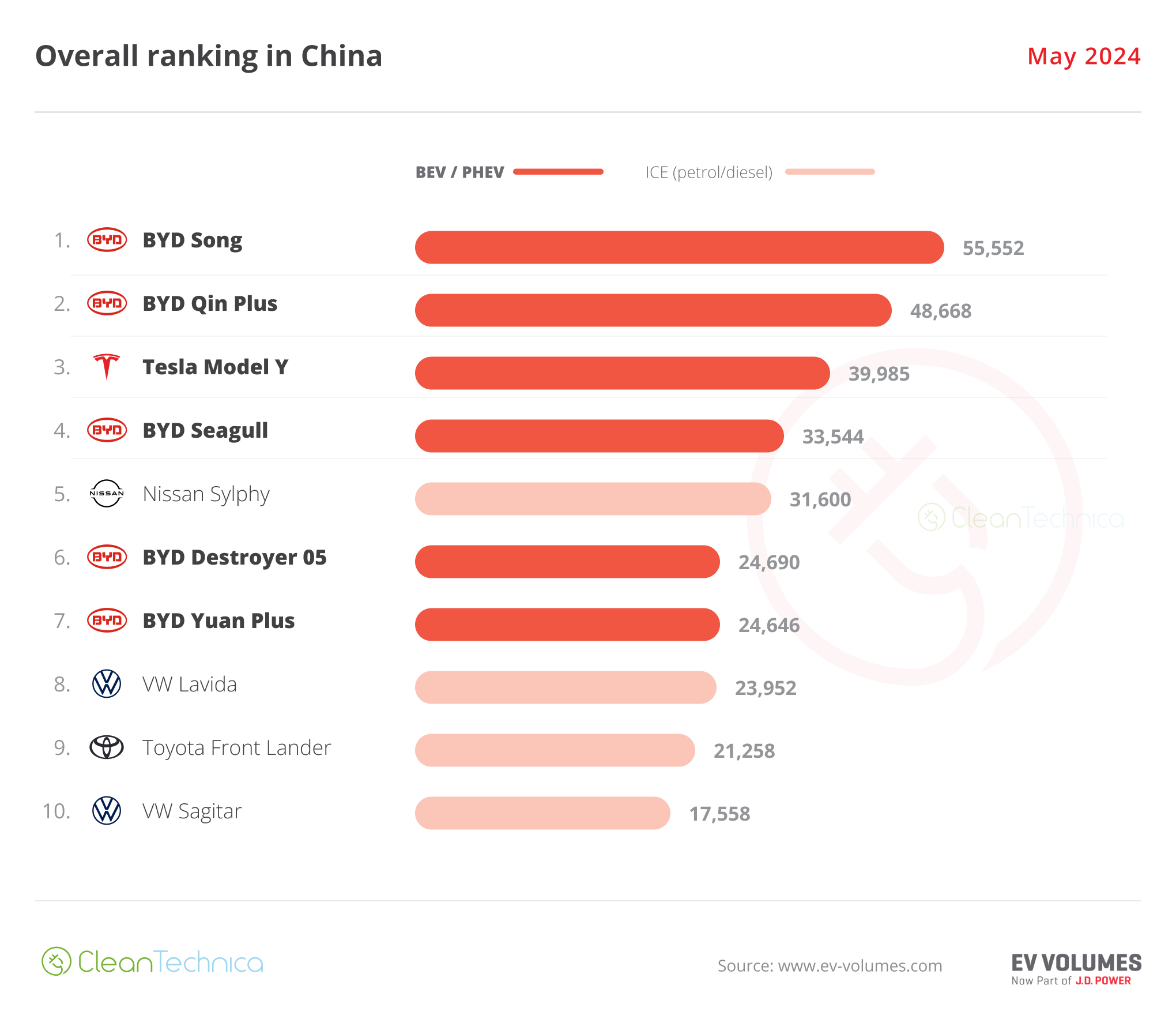In this week’s edition of the Money Metals Midweek Memo, host Mike Maharrey tackled what he described as three of the “dumbest” ideas currently floating around in the realm of economics, all while battling a cold.
Despite his illness, Maharrey made a compelling case against the misconceptions surrounding gold, the misguided inflation solutions from political leaders, and the notorious idea of a trillion-dollar coin.
Gold: More Than Just a “Pretty Face”

Maharrey began by debunking the myth that gold is a “useless metal,” a notion that re-emerges periodically in investment circles. He referenced Warren Buffett’s famous quip about gold being dug out of the ground, melted, buried, and guarded, asserting that it has no utility.
Maharrey countered this by highlighting recent data from the World Gold Council, which reported that technology and industrial applications consumed 81 tons of gold in the second quarter of the year—a notable 11% year-on-year increase. This brought the total H1 2024 demand for gold in these sectors to 162 tons.
Maharrey pointed out that while this amount might seem modest compared to the overall market, it’s still significant. He emphasized that gold’s unique properties, such as its resistance to corrosion, excellent conductivity, and ability to catalyze chemical reactions without being consumed, make it invaluable in technology and medicine. For instance, gold plays a crucial role in hundreds of millions of rapid diagnostic tests used globally each year.
“Gold isn’t just about being pretty; its inherent physical and chemical properties make it useful in many industrial and technological applications,” Maharrey noted. He also mentioned that jewelry production still accounts for 34% of global gold demand, with 4,794 tons used in the second quarter of 2024 alone.
Kamala Harris and the Inflation “Solution”
The second “dumb” idea Maharrey discussed came from Vice President Kamala Harris, who was recently asked about her plan to combat inflation. Maharrey criticized her response, which he described as “word salad,” pointing out that she merely acknowledged the problem without offering any concrete solutions. Instead, she promised to take on “big corporations” engaging in “illegal price gouging,” corporate landlords, and big pharma.
Maharrey argued that Harris’s approach misses the root cause of inflation, which is monetary inflation driven by the Federal Reserve’s money creation. He cited the July budget deficit data, revealing that the Biden administration spent another $574 billion in just one month, running a $243 billion deficit. Maharrey emphasized that inflation is not caused by corporate greed but by the government’s excessive spending and borrowing.
“Price inflation is a symptom of monetary inflation, which has everything to do with money creation by the Federal Reserve,” Maharrey explained. He warned that Harris’s proposed policies, including price controls, would likely lead to shortages and exacerbate the problem rather than solve it.
The Trillion-Dollar Coin: A “Cockamamy Scheme”

Finally, Maharrey tackled the idea of minting a $1 trillion platinum coin as a solution to the U.S. debt problem—a concept that resurfaces during debt ceiling debates. He described the proposal as “creating money out of thin air” and noted that it was seriously discussed by government officials in 2013 and 2015.
Maharrey explained that the idea is essentially an extension of quantitative easing (QE), where the Federal Reserve creates money to buy securities, thereby injecting new money into the economy. However, he warned that such actions lead to inflation, as seen after the pandemic when the Fed created nearly $5 trillion through QE, driving prices up.
“Minting this $1 trillion coin would have the exact same practical effect as QE but would bypass the need to borrow money by issuing bonds,” Maharrey said. He sarcastically remarked that if the government were to mint enough of these coins to pay off the entire national debt, each coin would need to be worth over $30 trillion, a clearly absurd notion.
Maharrey closed by urging listeners to protect themselves from such economic foolishness by investing in “stateless currency” like gold and silver, which are free from the counterparty risks associated with fiat currencies. He reminded them that while governments can mint money, they cannot mint the real goods and services that people need, making precious metals a prudent choice for safeguarding wealth.
In conclusion, Maharrey’s analysis this week serves as a reminder of the importance of sound money principles and the dangers of misguided economic policies.
As he put it, “When it comes to economics, you’re always going to have a lot of bad ideas out there, and plenty of people in government willing to implement them.”
*********




